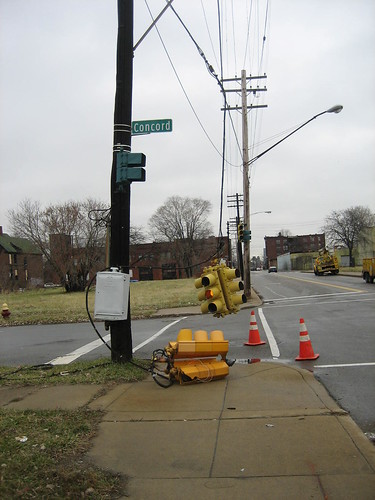The Free Press featured this local headline last Friday:
City-owned slum awaits wreckers
Some residents welcome plans to rebuild Jeffries project
The tone of the article reminds me of the discourse used in the 1940s, 50s and 60s to justify the destruction of Paradise Valley and other so-called slums. The article reports that the U.S. Department of Housing and Urban Development (HUD) will demolish the 252 row house units and build 188 low-income units in their place. Will new buildings dramatically improve life in this community?
The article claims that 131 families still live in Jeffries East. Driving through, I find this hard to believe as the vast majority of windows have been boarded up, but I guess that doesn't mean people aren't living behind those boards. Those living there have been told to leave by the middle of next month. By displacing them and drawing different low-income residents, will the problems currently associated with the neighborhood go away?
The article does not discuss the structural qualities of the buildings, their roofs, their brick or their foundations, all of which will soon be hauled away in dump trucks. It neglects to even raise the possibility that the current buildings, built in 1955, might be rehabbed. The article does, however, report that the 1941 built Sojourner Truth homes on 7 mile
are being rehabilitated!
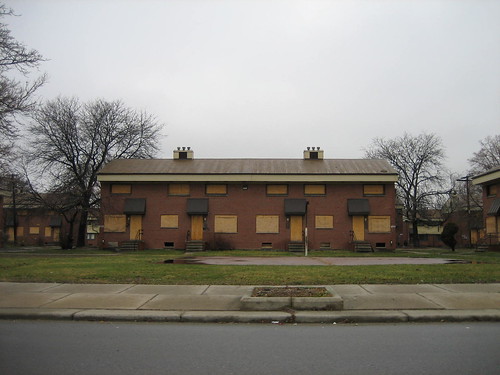
The solid brick rowhouses of Jeffries East will soon be demolished.
The article does cite a number of unanswered resident complaints about broken windows and pipes. With the Detroit Housing Commission
taken over by the federal government in July of 2005, residents continue to face the same neglect and mismanagement at the hands of a different bureaucracy (HUD).
Also in July of 2005, a small fire broke out in one of the apartments. Although a fire station sits less than a mile from the apartments, Alexandrine Station's firefighters had been
ordered not to respond to anything but calls pertaining to Major League Baseball's All-Star game that was happening on the same day.
As a result, firefighters from a more remote station were dispatched and the blaze consumed 8 units and damaged many more.
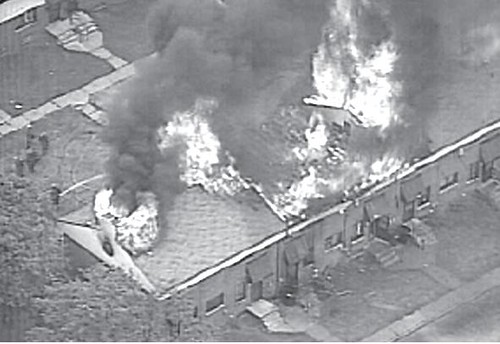
Firefighters finally arrive to battle a raging blaze at Jeffries East

The same units remain charred in January 2007
I have no illusions about the quality of life in the Jeffries East housing project. Desperate people walk along its streets. On Monday, instead of driving past the community along Dr. Martin Luther King, Jr. Boulevard as I normally do, I decided to turn down Fourth and take some pictures. A teenage boy standing on the sidewalk whistled loudly as my vehicle approached, communicating something to someone about my presence.
Perhaps he suspected I was a cop. On the DEA website, they praise themselves for
raids conducted in the project in 2004. In addition to misspelling Jeffries, the press release includes the asinine claim that their sweeps of drug dealers meant that "business as usual" would not continue in the project.
Not much has been learned from our urban history of "slum removal." The core cause of this neighborhood's problems is poverty but the only time you hear about Jeffries is when a "major" drug bust happens or HUD comes up with plans to pack the same desperate people together into new units.
Next PostPrevious PostLabels: City Planning, Detroit, Public Housing
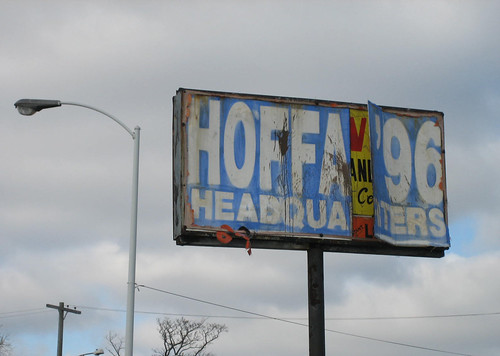

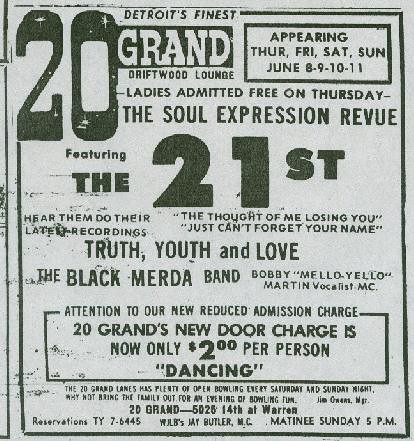


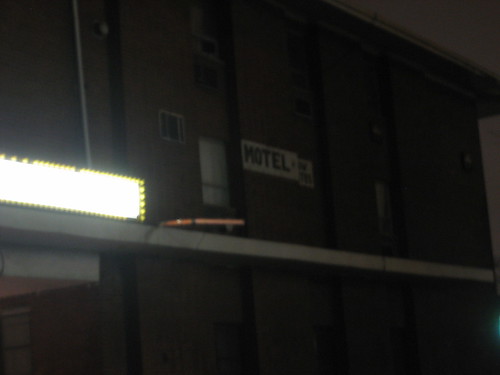
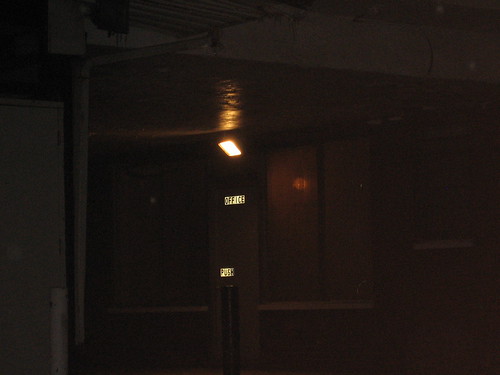



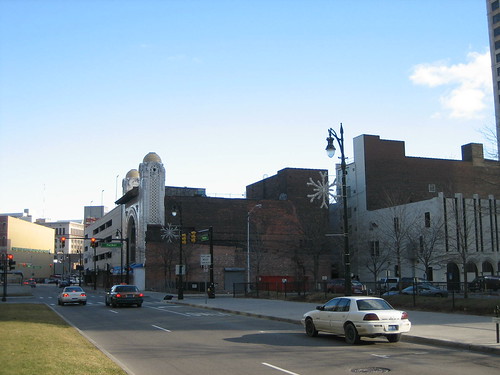
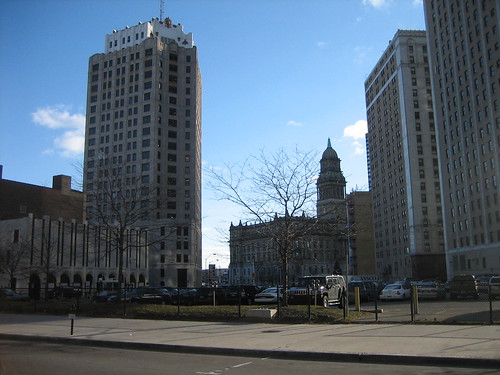

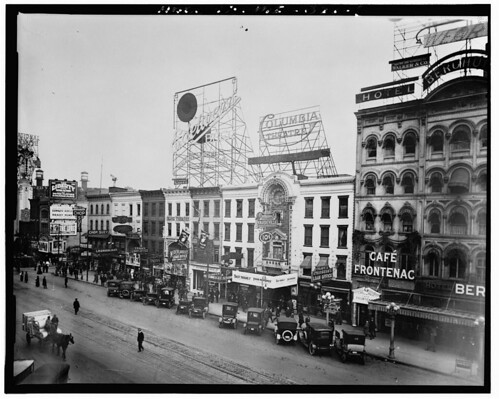
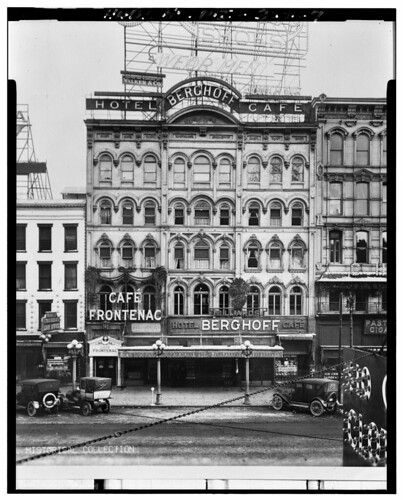
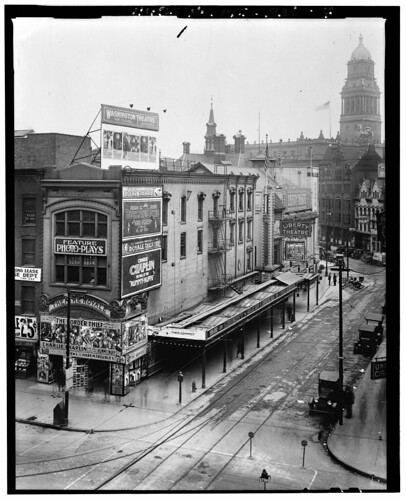
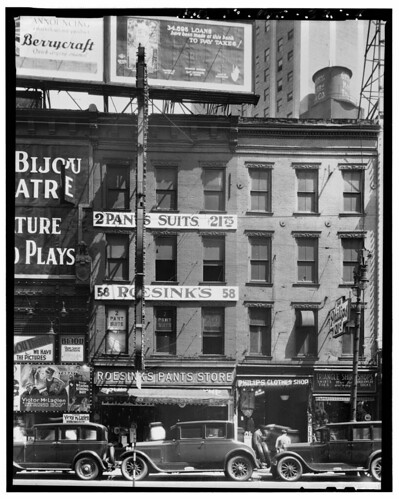

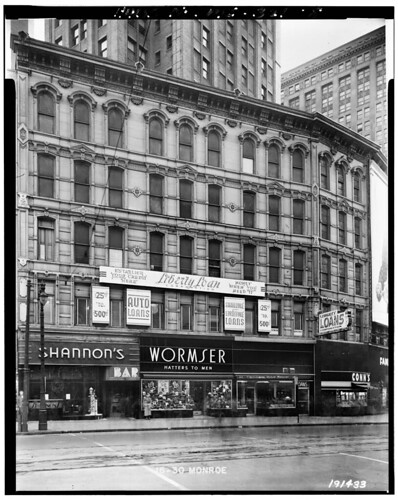

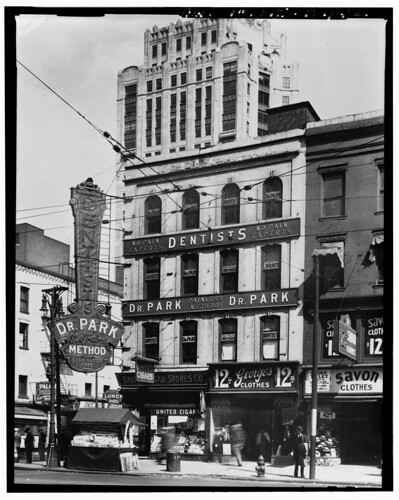
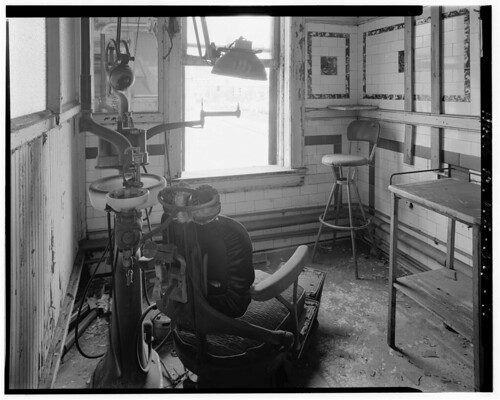
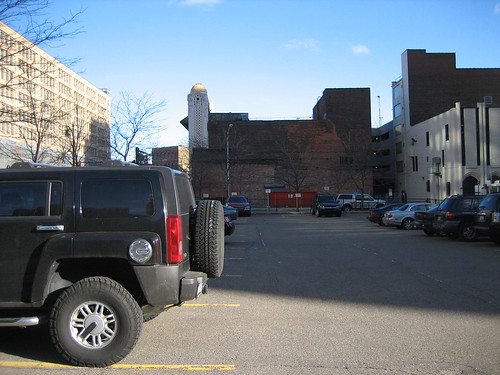
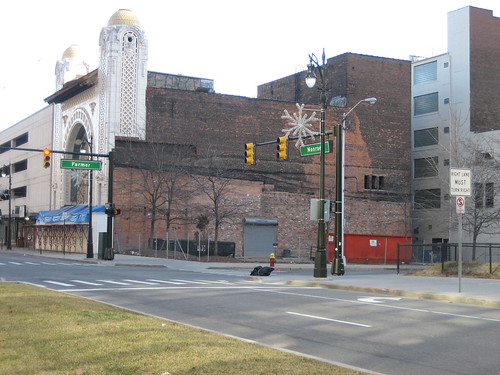
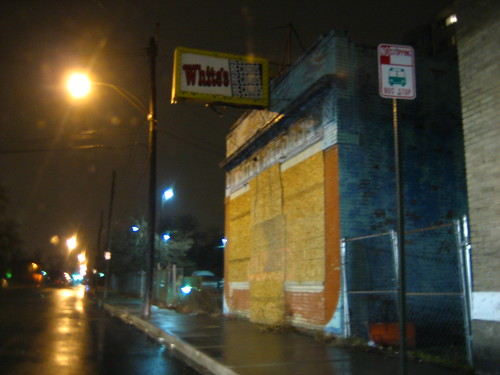
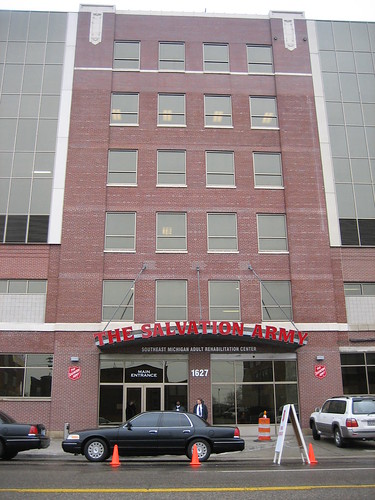
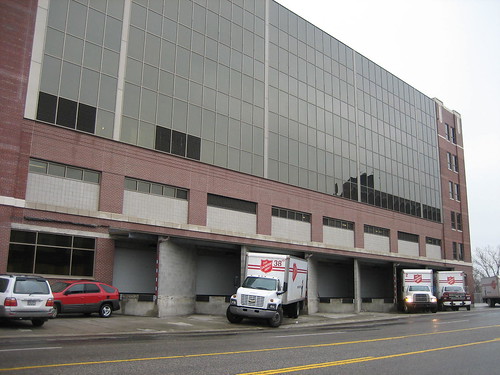

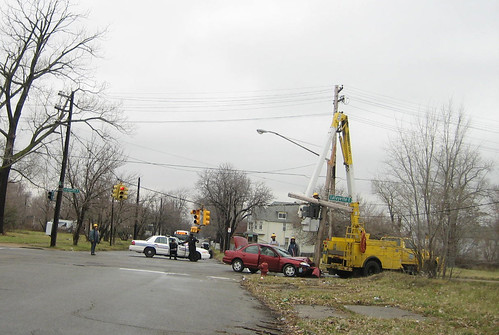 The impact was so fierce that the car's airbags deployed and the pole snapped, leaving the traffic lights hanging just a few feet over the road.
The impact was so fierce that the car's airbags deployed and the pole snapped, leaving the traffic lights hanging just a few feet over the road.